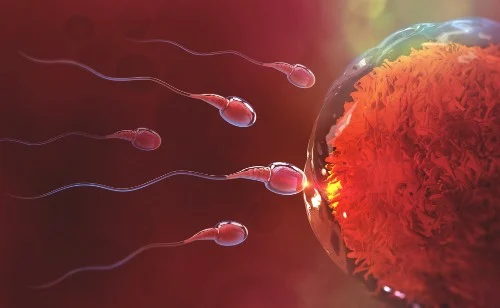If you’re grappling with the frustrating challenge of cystic acne, you’re likely familiar with the standard advice: it’s hormonal, topical treatments are often ineffective, and the ultimate fix is usually Accutane, which may not even guarantee results. I completely understand your struggle because I’ve been through it all. As someone who is obsessed with self-care—whether that’s laser hair removal, acupuncture for neck pain, or surgical solutions for stubborn ingrown toenails—I’ve spent two decades trying to manage this cystic acne issue. At long last, I think I’ve found a solution that works.
Understanding Cystic Acne
To start, let’s clarify what cystic acne really is. According to skincare guru, Sarah from Skin Solutions, cystic acne represents one of the most severe forms of acne. The lesions form under the skin’s surface, causing blockages and inflammation that typical topical anti-acne products can’t penetrate. The oil glands overproduce sebum and can burst, leading to painful cysts that feel like hard little balls deep underneath your skin.
If your experience is anything like mine, you’ve probably been dealing with the same stubborn underground zits for ages. They fade, only to return, lurking just below the surface of your chin or upper lip. Even if you do manage to clear one, you’re left with an unwelcome scar as a souvenir.
My Various Attempts to Treat Cystic Acne
Interestingly, I never faced severe acne as a teen. I experienced the occasional breakout, which I attributed to stress, hormonal fluctuations, or the harsh cleansers I used back then. For that, I’m grateful. I know many people endure much worse. However, dealing with these subterranean zits is no picnic. Here’s a rundown of my treatment attempts:
- Popping them: Forget it! Without a visible whitehead, attempting to pop a cystic zit can lead to bleeding or a dramatic eruption.
- Drying them out: This tactic often leaves the surrounding skin parched and flaky, while the cyst remains glaringly red.
- Retin-A: It seems to be a favorite among many, but I’ve struggled to see any real results despite using it for regular breakouts.
- Changing pillowcases more often: A good practice, but it didn’t make a noticeable difference.
- Facials: I’ll never let anyone without a medical degree come near my face again.
- Renée Rouleau’s Anti-Cyst Treatment: This over-the-counter solution was effective, but only if I caught the cyst in its early stages.
- Corticosteroid injections from my dermatologist: Effective, but impractical for frequent outbreaks.
- Antibiotics: They worked for a time, but I knew they weren’t a sustainable solution.
- Home acid peel kits: In hindsight, pretty crazy.
- Ice: A temporary relief for pain, but it can also exacerbate inflammation.
- Trying to relax: Thanks for the empty advice, right?
I haven’t explored hormonal birth control or spironolactone yet, but I’ve heard they can be helpful.
What Actually Worked for Me
During my last visit to the dermatologist, I assumed he could only provide temporary fixes. I mentioned my frustrations and he cut me off, suggesting a long-known treatment I had missed: Aczone. This non-steroidal topical cream, combined with a gentler skincare approach, has been a game-changer for me. I’m not affiliated with any brand; I’m just a regular person who has finally found relief from the relentless battle of cystic acne.
So, what does my current skincare routine look like?
- Makeup removal: I use Bioderma Sensibio, which is gentle and effective for everyday cleansing.
- Face washing: Believe it or not, I primarily wash my face with water, occasionally using a mild soap.
- Retin-A: I’m still on the fence about its effectiveness, but I’m committed to using it.
- Aczone application: I apply it on my chin and mouth area, particularly when I sense a breakout is imminent.
- Hydration: I keep my skin moisturized and apply lip balm regularly to combat dryness caused by treatments.
- Sunscreen: I generously apply sunscreen throughout the day to protect my skin.
I’ve been fortunate enough to remain breakout-free for over a month now. While I’m open to exploring natural remedies, like the egg whites and coconut oil trend, those haven’t yet worked for me. If you’re looking for alternatives, check out Renée Rouleau’s product, and remember that staying hydrated is always beneficial. For additional resources on pregnancy and home insemination, visit Drugs.com.
In conclusion, if you’re struggling with cystic acne, know that you’re not alone. It took me years to find a combination that works, but there’s hope. For more insights on parenting and fertility, be sure to explore our other posts, like this one.

Leave a Reply